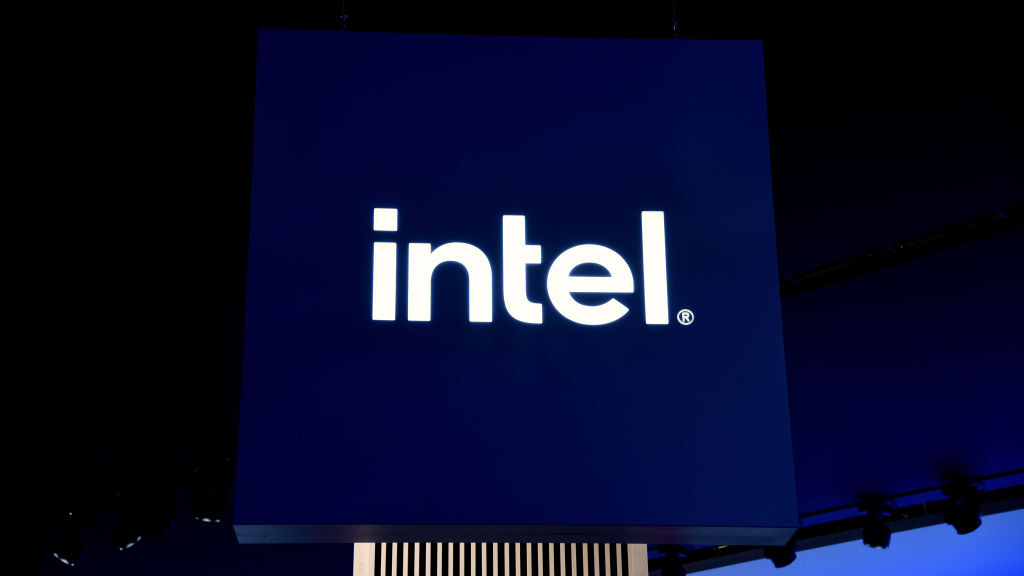Intel and Symantec in authentication 'game changer'
The two tech giants develop what they believe will be a disruptive coming together of authentication technologies.


Intel and Symantec have hooked up to combine their technologies for an authentication "game changer."
The world is yet to see any fruits of Intel's McAfee acquisition, but the chip giant has teamed up with security industry leader Symantec for a product due out in March.
The pair have brought together Symantec's VeriSign Identity Protection (VIP) credential and Intel's Identity Protection Technology (IPT).
Intel IPT with VIP authentication will be availale on those systems featuring second generation Intel Core processors.
By embedding the security technology onto the chip, businesses will no longer need to download new credentials and the whole area of authentication within the enterprise should be faster and easier to manage, Symantec said.
Businesses will be able to benefit from the powers of both technologies upon release.
IPT generates one-time passwords that change at regular intervals to help protect users identities, whilst VIP offers the chance to use an additional six-digit security code to work on top of usernames and passwords.
Get the ITPro daily newsletter
Sign up today and you will receive a free copy of our Future Focus 2025 report - the leading guidance on AI, cybersecurity and other IT challenges as per 700+ senior executives
With so much authentication to crack, hackers should find it fairly hard to break into corporate networks.
"The combination of our proven VIP service with Intel IPT provides users with a new level of built-in' strong authentication that has never been available before or easier to use," said Atri Chatterjee, vice president of User Authentication at Symantec.
"By synchronising VIP with the Intel chipset, we have created the first ever strong authentication credential that you will never see but will always have in your PC."
Tom Brewster is currently an associate editor at Forbes and an award-winning journalist who covers cyber security, surveillance, and privacy. Starting his career at ITPro as a staff writer and working up to a senior staff writer role, Tom has been covering the tech industry for more than ten years and is considered one of the leading journalists in his specialism.
He is a proud alum of the University of Sheffield where he secured an undergraduate degree in English Literature before undertaking a certification from General Assembly in web development.
-
 Should AI PCs be part of your next hardware refresh?
Should AI PCs be part of your next hardware refresh?AI PCs are fast becoming a business staple and a surefire way to future-proof your business
By Bobby Hellard
-
 Westcon-Comstor and Vectra AI launch brace of new channel initiatives
Westcon-Comstor and Vectra AI launch brace of new channel initiativesNews Westcon-Comstor and Vectra AI have announced the launch of two new channel growth initiatives focused on the managed security service provider (MSSP) space and AWS Marketplace.
By Daniel Todd
-
 Gaining timely insights with AI inferencing at the edge
Gaining timely insights with AI inferencing at the edgeWhitepaper Business differentiation in an AI-everywhere era
By ITPro
-
 Scaling AI from pilot to production: Maximize AI impact with HPE & Intel
Scaling AI from pilot to production: Maximize AI impact with HPE & IntelWhitepaper Transform AI proof-of-concepts into full-scale implementations
By ITPro
-
 UK supercomputer boom as HPE and Dell receive funding for new AI cluster
UK supercomputer boom as HPE and Dell receive funding for new AI clusterNews The UK’s AI computing capabilities will increase by an order of magnitude in 2024
By Rory Bathgate
-
 AI gold rush continues as Hugging Face snags $235 million from IBM
AI gold rush continues as Hugging Face snags $235 million from IBMNews The investment round, which brings the company's valuation to $4.5 billion, also includes Amazon, Google, Intel, and Salesforce
By Richard Speed
-
 Why is ASUS reviving Intel’s NUC mini-PC line?
Why is ASUS reviving Intel’s NUC mini-PC line?News The diminutive PC is to rise again while analysts look for the business case
By Richard Speed
-
 Intel targets AI hardware dominance by 2025
Intel targets AI hardware dominance by 2025News The chip giant's diverse range of CPUs, GPUs, and AI accelerators complement its commitment to an open AI ecosystem
By Rory Bathgate
-
 Why aren’t factories as smart as they could be?
Why aren’t factories as smart as they could be?Whitepaper How edge computing accelerates the journey to a remarkable factory
By ITPro
-
 Who needs Intel vPro®, An Intel® Evo™ Design, anyway?
Who needs Intel vPro®, An Intel® Evo™ Design, anyway?Sponsored With flexible work on the up, the demand for high performance on-the-go business laptops has never been greater
By ITPro